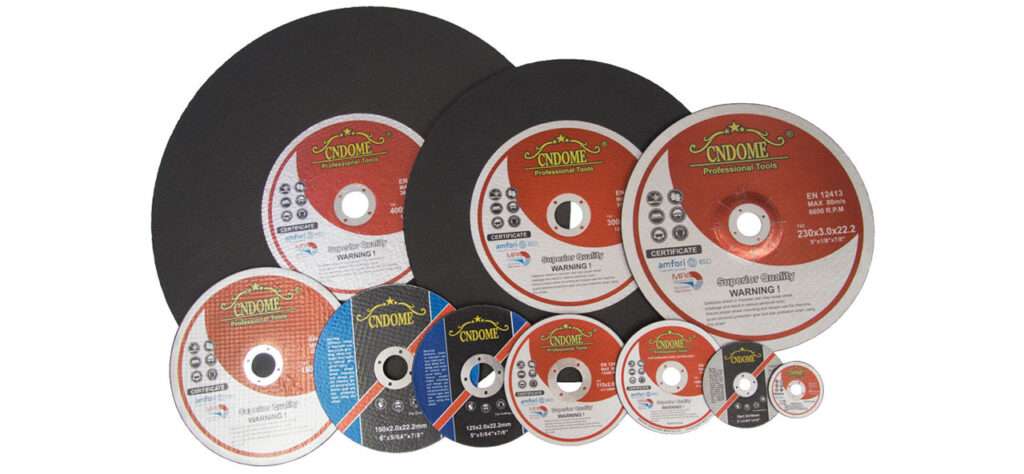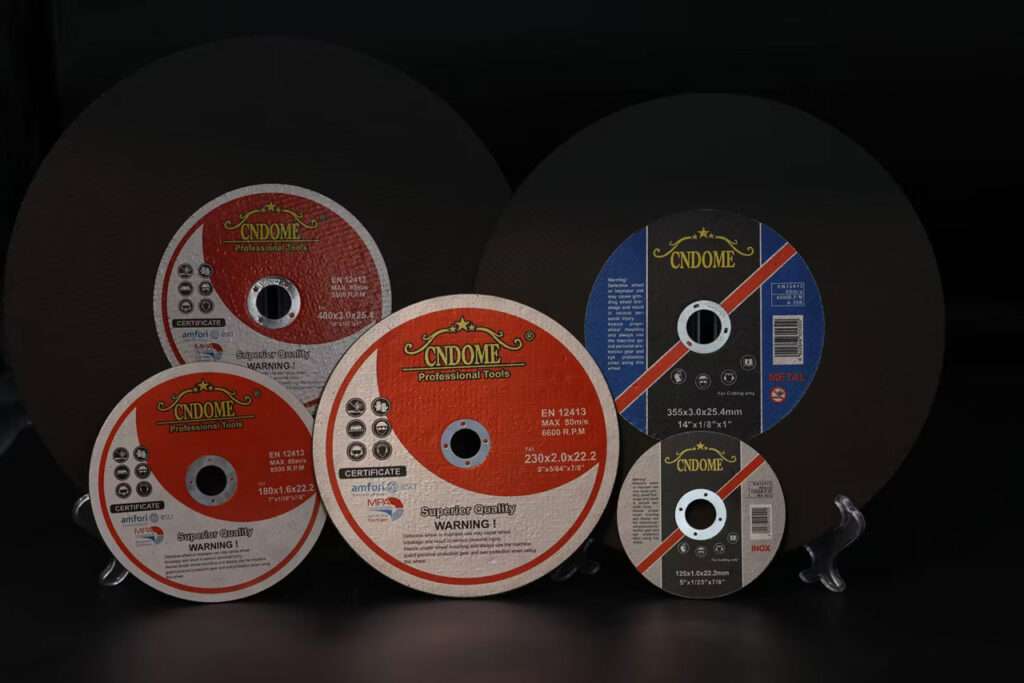When it comes to cutting tiles, whether ceramic, porcelain, or stone, the choice of cutting disc is crucial to achieving a clean, precise cut. The right cutting disc will ensure minimal chipping, reduced waste, and smooth edges, making your tiling project look professional. This blog will guide you through the essentials of selecting and using cutting discs for tiles.
1. Types of Tiles and Cutting Disc Compatibility
Different tiles require different discs due to variations in hardness and brittleness:
- Ceramic Tiles: These are relatively soft compared to other materials and can be easily cut with a general-purpose diamond blade.
- Porcelain Tiles: Denser and harder than ceramic, porcelain tiles need a high-quality diamond disc specifically designed for hard materials.
- Natural Stone Tiles (Marble, Granite, etc.): These materials require a heavy-duty diamond blade that can handle thicker, denser textures.
2. Choosing the Right Cutting Disc
When selecting a cutting disc for tiles, consider these factors:
- Material of the Disc: Diamond-tipped blades are the best choice for tile cutting. They are durable and efficient for cutting hard materials like ceramic, porcelain, and stone.
- Continuous Rim Blades: For tiles, it’s best to use continuous rim diamond blades, as they produce smoother cuts with minimal chipping, especially important for delicate tile work.
- Blade Size: The most common sizes for tile-cutting discs range from 4.5″ to 7″ (115mm to 180mm). Ensure that the disc size fits your cutting tool.
3. Wet Cutting vs. Dry Cutting
Tile cutting can be done using wet or dry methods, and your choice of cutting disc should match the method:
- Wet Cutting: Involves the use of water to cool the blade and reduce dust. Wet-cutting diamond discs are ideal for extended cutting periods, as the water helps keep the disc cool and reduces the chance of cracking the tile.
- Dry Cutting: Suitable for smaller jobs where water isn’t available. Ensure you use a dry-rated diamond disc that can handle high temperatures without overheating.
4. Tile Cutting Tips
- Mark Your Cuts: Use a pencil or marker to outline the cut on the tile before cutting.
- Score Before Cutting: For best results, score the tile lightly before making the full cut.
- Steady Pressure: Apply even, steady pressure while cutting to avoid cracking or chipping the tile.
- Angle Grinders and Tile Saws: Use an angle grinder for smaller cuts and a tile saw for larger, precise cuts.
5. Safety Considerations
- Wear Safety Gear: Always wear protective goggles, gloves, and a dust mask to protect from debris and dust.
- Secure the Tile: Ensure the tile is securely clamped or held in place before cutting.
- Check the Disc for Wear: Inspect the cutting disc for signs of wear or damage before use, as worn discs can lead to poor cuts and even accidents.
6. Top Recommended Cutting Discs for Tiles
- Continuous Rim Diamond Blade: Ideal for cutting all types of tiles with smooth, chip-free results.
- Turbo Rim Diamond Blade: Suitable for faster cuts but may cause slight chipping, best for less delicate tiles like stone.
Conclusion
Cutting tiles requires precision, and the right cutting disc is key to achieving clean, professional results. Always match the disc type to the tile material, choose the right size, and consider wet cutting for longer jobs. Following these guidelines will make your tile-cutting process smoother and more efficient, ensuring great results for your project.



